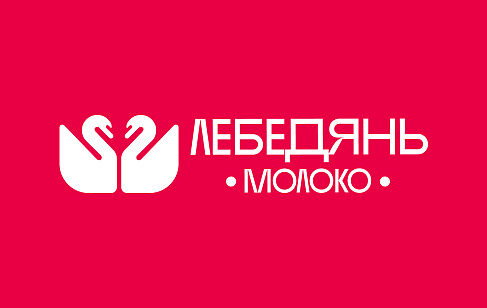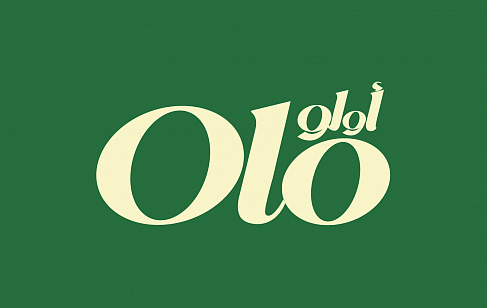Алексей Андреев комментирует ситуацию вокруг бренда корпорации "Mirax" и говорит, что "был бы рад забрать бренд из рук Полонского".
Mirax or mirage?
Experts said the statements, made by the eccentric billionaire, are contradictory and indicate that Polonsky, like the reclusive chocolatier in the Roald Dahl story “Charlie and the Chocolate Factory”, must have started some new game.
Bankers who work with Mirax said the decision wasn’t discussed with them.
Maxim Pershin, a member of Alfa Bank’s executive board, told RIA Novosti that Polonsky “must have started an advertising campaign”.
A Sberbank official told the agency on condition of anonymity that the Mirax board decision had nothing to do with Sberbank’s interest in Mirax’s Federation Tower project.
Polonsky bade everybody adieu in a mysterious way. Having made the statements about ending the brand in front of a room full of reporters, he handed sealed envelopes to his trustees and told them to open them in three years.
The Mirax Group website, once a model of cutting-edge web design, has now been reduced to a single page of text, with the farewell message from the Mirax board written in black and white.
No tie eating
Back in the boom times of March 2008, Polonsky’s public image was shaped by his controversial catchphrase: “Who doesn’t have a billion can go to hell!” (It was ruder in the original version).
Polonsky uttered his infamous words at a Cannes luxury real estate show, but a few months later when the world financial crisis hit his business, the developer had to change his tune.
“I promise I’ll eat my tie if in one and a half year prices for apartments we build don’t rise by 25 per cent,” he said in October 2008.
By Polonsky’s deadline in April 2010, however, prices for apartments in Moscow were still going down. Polonsky wangled his way out of his tie-eating pledge by saying: “Yes, they went down in dollars, but increased in roubles.”
Crying wolf?
But this time it looks like a case of crying wolf, as Polonsky’s credibility has suffered in the last couple of years.
Alexei Andreyev, president of branding agency Depot WPF, said that if Mirax really had “shut down” the brand he would be happy to take it off Polonsky’s hands.
“It’s a mega-brand and brands are accounted as assets, meaning that if anybody claims Mirax assets during the bankruptcy procedure, the brand can be claimed too,” Andreyev said.
Back in 2007, Mirax’s advertising budget totalled $30 million, according to Kommersant. The brand was then at top 80, according to Bestbrand.ru.
“You can liquidate the entity, but you can’t the brand as it exists in human minds,” said Andreyev.
“For example, the Moscow World Trade Centre is still known as the Hammer Centre, although it has had nothing to do with Armand Hammer for many years,” he said.
In its statement, Mirax said it would fulfill all its obligations, complete its projects and pay off bonds.
“The closure of foreign brands will be announced later,” Mirax stated.
Mirax has previously put its debt at $593 million. Of this figure, $203 million were loans, $307 million CLNs, $83 million rouble denominated bonds, RIA Novosti reported.















